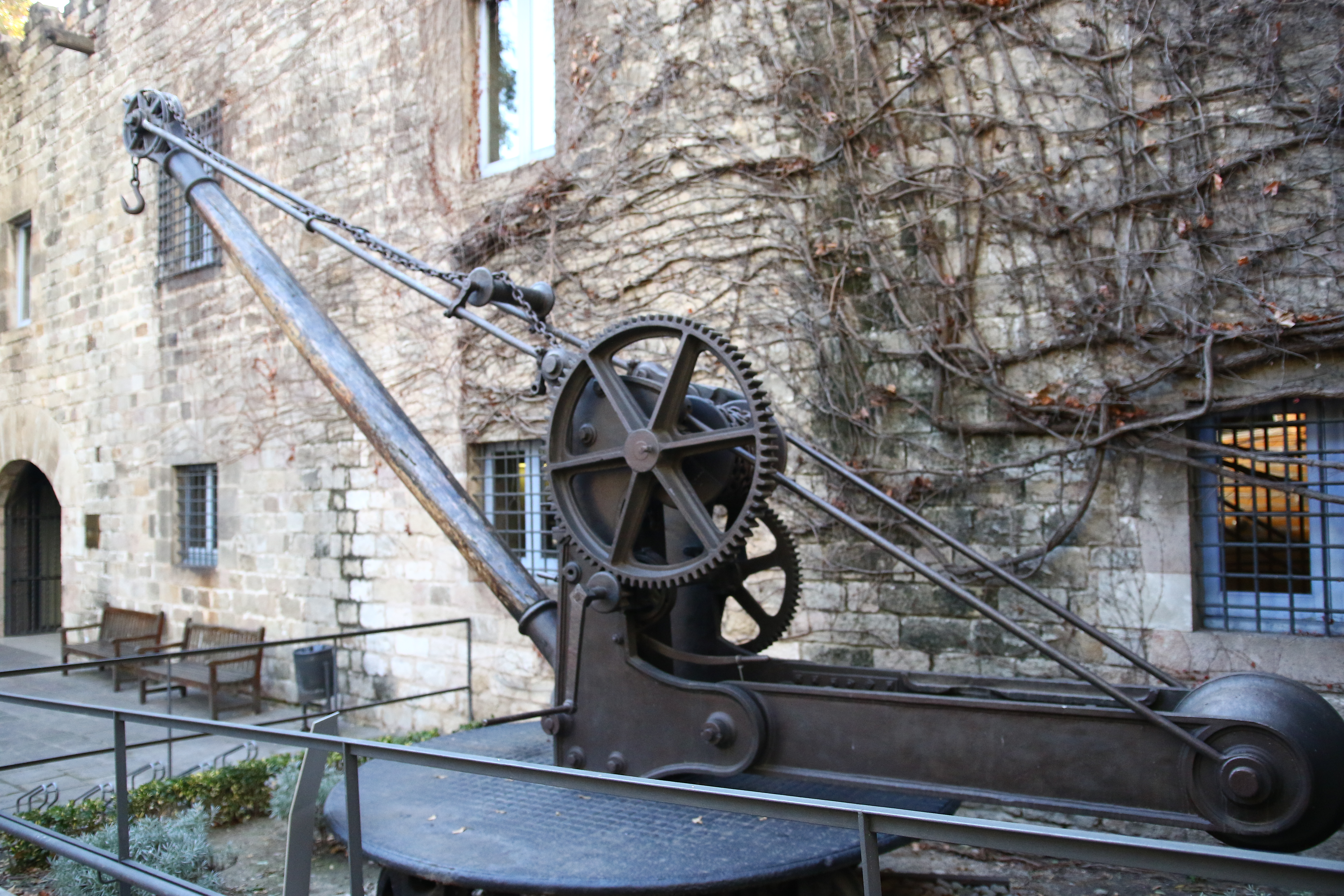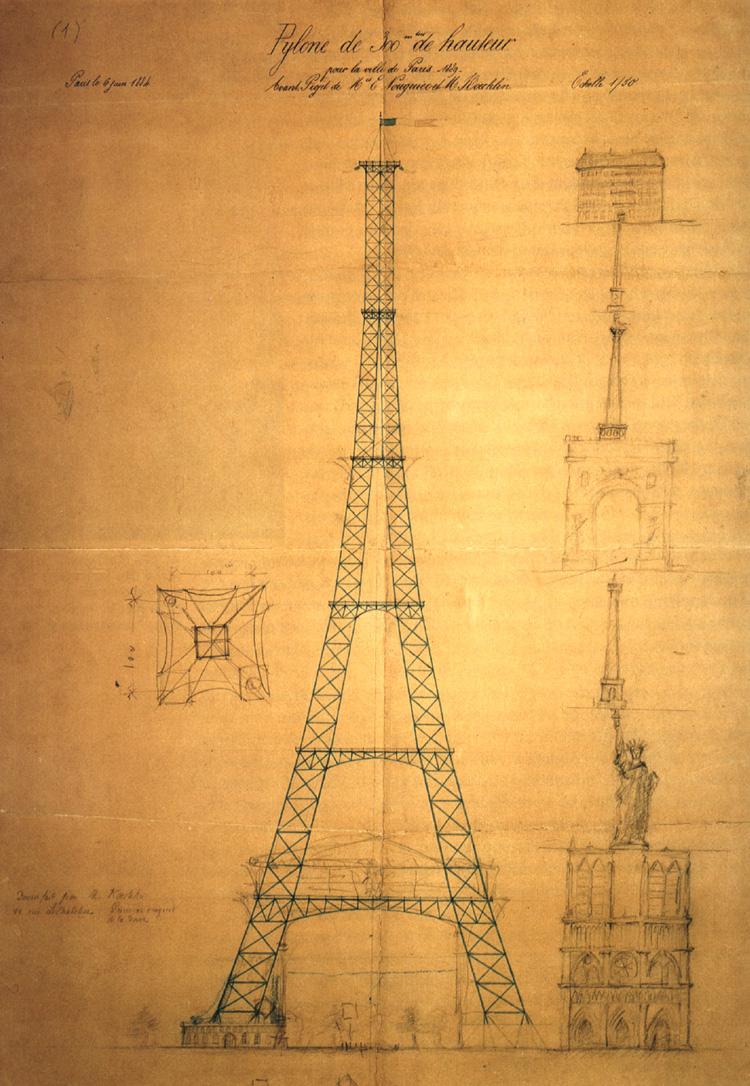The History of Building construction industry is very interesting. It provides information about the management techniques, tools and materials that were employed in the construction of famous structures, which are yet present to this date.

The early man took shelter under rocks, caves, tupiq and huts. The tupiq and huts were built self sufficiently by their inhabitants and no skilled workers were employed. The equipment used at that time were made of stone and bones, which are more brittle in nature. Most of the materials were perishable like leaves, grass and wood.

There was little or no development in the construction of buildings until the discovery of copper and bronze. Copper and bronze have made progress in the development of less brittle and more durable equipment.

Egyptians started to build stone temples before the discovery of iron. The heavy loads were moved on boats, sledges or on rollers. The discovery of iron has made it possible to create steel by adding more carbon dioxide it.

Steel was sharp, durable cutting edge. At the time when the steel was discovered, the chief building material was mud-brick formed in wooden blocks. Bricks were wide in size and format. The pyramids were built by Egyptians during the iron age.

Masonry techniques were developed by Greece and Rome.
Greek mathematics was technically advanced and they understood the principles of pulleys, which enabled them to build jibs and cranes that could lift heavy stonework to upper parts of buildings.

Romans developed roman cement and this provided them with a strong material for bulk walling.

The Chinese were mainly using wooden timber frames on an earth and stone base. However, the Great Wall of China was built with rammed earth, stones and wood.

The first Building design or a plan was visible in the medieval period around the 14th century.
Later, the idea of an architect has evolved. An architect was the one who takes all the responsibilities of construction. (Both, design and structural aspects.)

Iron was increasingly employed in the seventeenth century. Tools like gauge, plumb line, carpenters square, the spirit level and the drafting compass were developed in that era and are still in regular use.

After the 17th century, we can observe that there were massive changes in the construction of buildings due to the industrial revolution. We have gone far from building simple huts to building monuments that were amazing in their appearance but, what has happened after this is even more interesting because the structures built are very high and they were constructed in relatively very less time compared to previous structures.
Read “ How the Industrial revolution has changed the construction industry “ to know more about the changes that took place in construction during this period.
